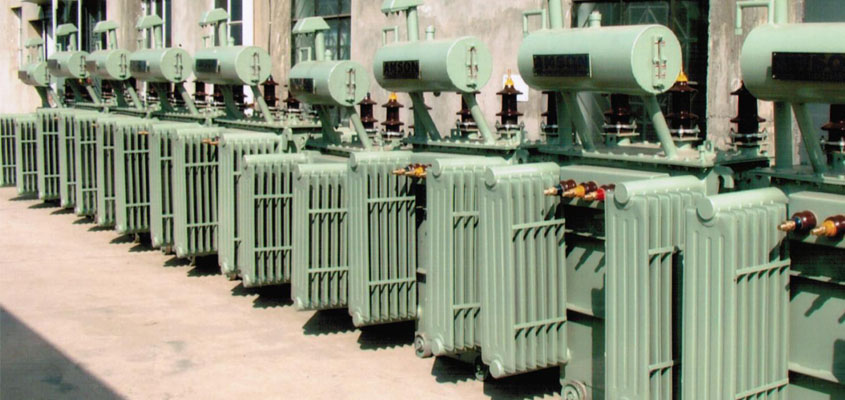With the fuel costs rising and power cut offs becoming more widespread throughout the country, the focus has shifted majorly towards power generation and distribution. It has also become highly important to conserve energy and invest in energy efficient products of all types. This is the reason why power transformers have become a very important part of everyday life today because of its constant energy throughout the day. If even a single unit goes off for a short time period, multiple households and commercial spaces are thrown into darkness, which results in a considerable economic loss. However, distribution transformers that are more than 30 years old can waste between 60 to 80 billion kWh every year! When such transformers are replaced with newer and better designed transformers, they can yield annual energy savings up to 100 crores of rupees!
What kind of distribution transformer should you purchase?
The distribution transformer is the most important piece of electrical equipment installed in an electrical distribution network, which has a large impact on a network’s efficiency, reliability and cost. If you want benefits like technical and financial performance from a distribution transformer, you need to look for certain things in it. It is vital that you select an energy efficient distribution transformer that is optimized for the distribution network, the network’s maintenance policies, loading conditions and the investment strategy. You need to have high-efficiency distribution transformers with lesser energy losses, thus resulting in fewer pollutants being released into the environment.
What is energy loss?
What is energy loss, you may ask. Transformers don’t convert all of the input energy to usable output energy. The difference between the input and the energy that is available on their output is energy loss. There are two types of transformer losses – load loss and no-load loss.
- Load loss – These losses are incident to carrying a load, which include winding losses, stray losses due to stray flux in the windings and core clamps, and circulating currents in parallel windings. Load losses increase as soon as the transformer is loaded.
- No-load loss – These losses are calculated based on the amount of power required to magnetize the transformer’s core, which is why these losses are also referred to as core losses. Whether a load is connected to the transformer or not, no-load losses are always present.
Many electrical distribution utilities purchase distribution transformers based on some sort of loss evaluation procedure. But, it is the cost that is a major factor in determining the choice of transformer. The cost revolves around the design, construction, components and installation of the transformer. All this is affected by the transformer losses, which means that the cost is affected too.
Making a decision to buy a transformer is very complex. You must be well aware of your requirements and be sure to check and compare the total cost of ownership of the transformers before coming to a decision. If you are sure about these things and if you have an accurate calculation, you are sure to have an energy-efficient transformer. Get in touch with Miracle Electronics, the leading transformer manufacturer in India, to get hold of almost all types of high-quality transformers for residential and commercial usage.




